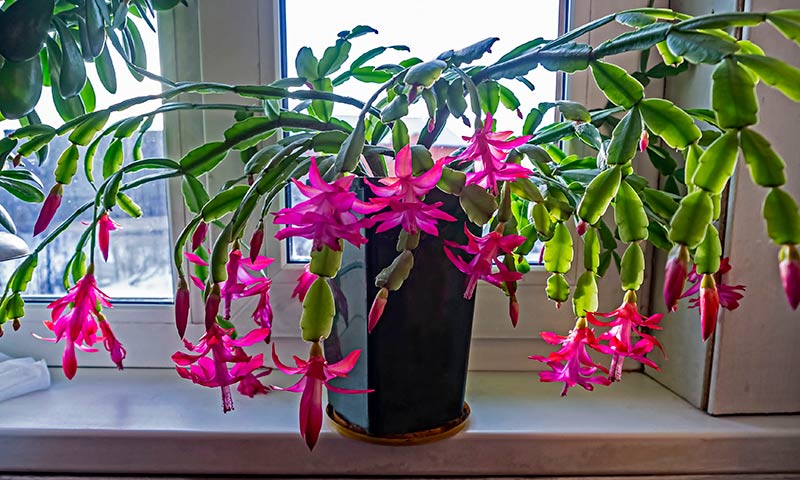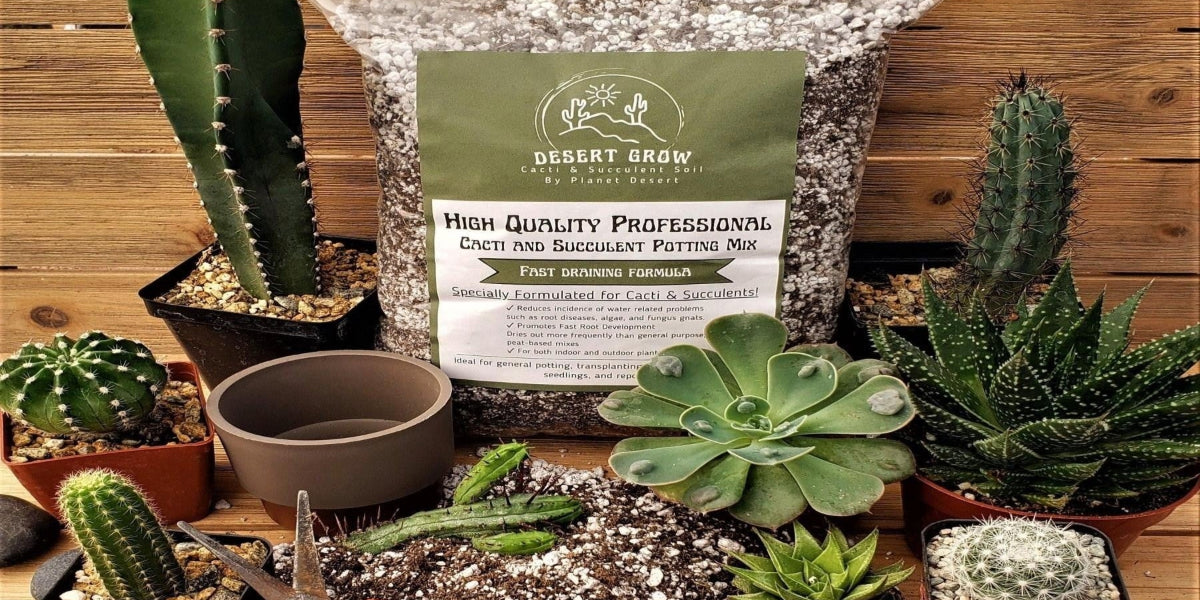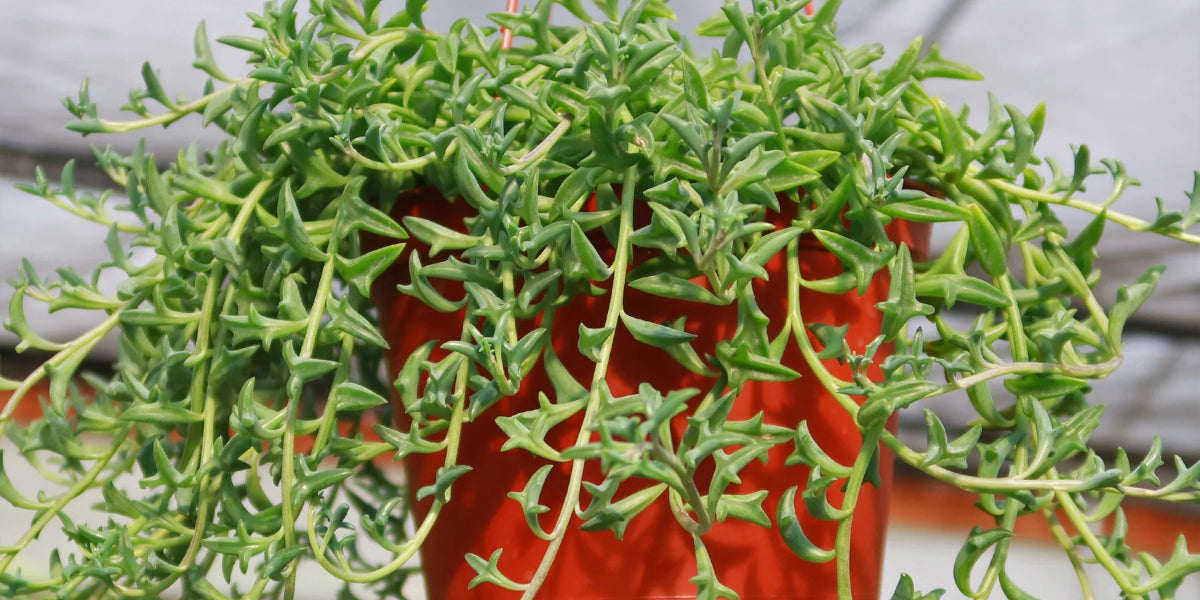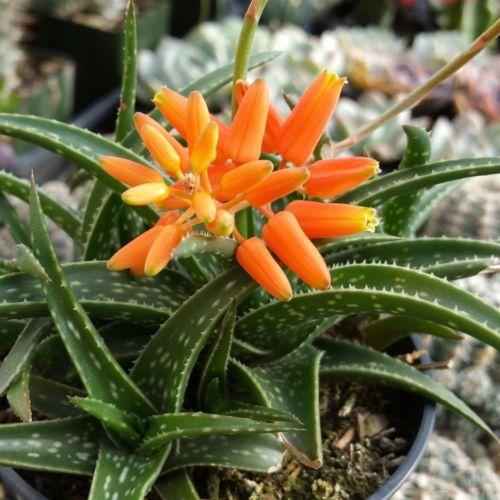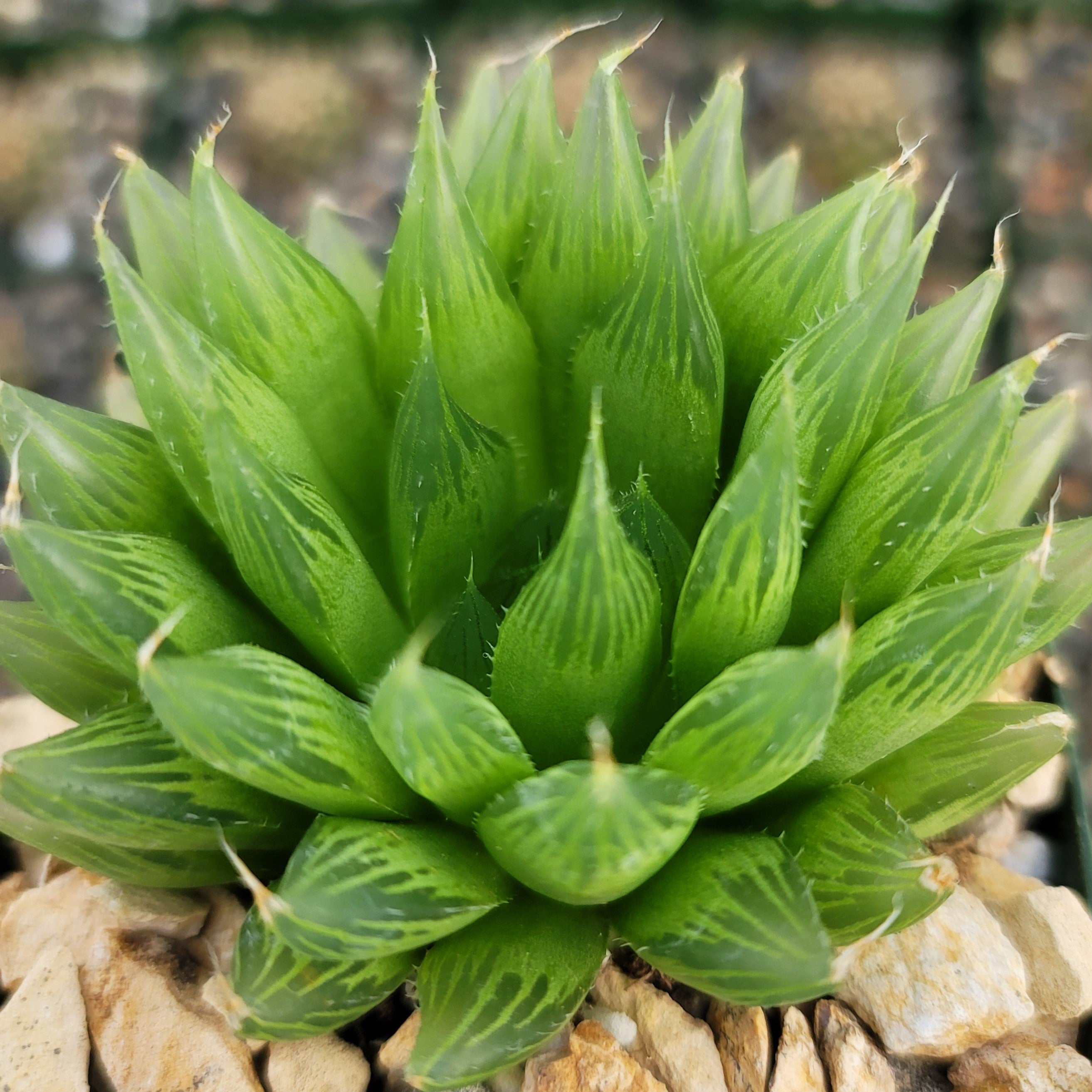Everything You Need To Know About - Aeonium Plants
Updated: September 16, 2022

The Aeonium genus consists of approximately thirty-five aeonium types or species. The unique characteristic of the genus is the waxy and glossy foliage arranged in picture-perfect rosettes giving the impression of artificial flowers. The rosettes' color varies according to the different types of aeonium succulents - they can be in single or multiple colors like in a variegated succulent. The common colors are green, red, white, and yellow. The fleshy leaves store moisture, because of which the plant can thrive perfectly in hot and dry conditions.
The succulent bears small aeonium flowers, but the blooms are not the show-stoppers for this perennial succulent. Besides, most aeoniums are monocarpic - the flower-bearing mother plant dies immediately after blooming. Not just that, this succulent variety is pretty slow-growing. Some of the species take as much as five years to start flowering.
Use of Aeonium Varieties
The Aeonium plant looks perfect as an ornamental houseplant. These can be placed indoors or grown outdoors in a sunny location along your garden borders or a rock garden. The succulent looks absolutely gorgeous with other plants; for example, pair up aeonium crassulas like jade, agave, or aloe. People living in colder areas need to plant the aeonium in pots to prevent damage from frost.
Aeonium Succulent Types
Here are the most common of these much-loved succulents from aeonium species with pictures.
- Aeonium Arboreum - The common name of this variety of aeonium tree houseleek is Tree Aeonium or Irish Rose. Key characteristics - long spatula-like leaves, long conical flowers, multi-stemmed shrubs. Succulent owners also take great pride in growing aeonium arboreum variegata types in their outdoor garden.
- Aeonium Lancerottense - The common name for this succulent is Bejeque De Malpais, or Lanzarote-aeonium. Key characteristics - large green-colored leaves with pinkish borders. The flowers are pink in color too.

- Aeonium Urbicum – It is a tall aeonium, one of the tallest in fact. Key features of this aeonium large plant include lime-green rosettes with deep-red tips and the white or pink large flowers.
- Aeonium Balsamiferum – It is a rare aeonium, almost extinct. Key characteristics include yellow-colored flowers and grey to green-colored leaves.
- Black Tree - It is a purple aeonium succulent. Its leafy rosettes turn black in full sun, so the plant is also known as the Purple Rose Tree or the Dark Purple Houseleek. The star-shaped flowers are bright golden yellow.
- Aeonium Arboreum Zwartkop - Commonly called the Black Aeonium, the Black Beauty, or the Black Head, this large aeonium has dark purple, burgundy, or wine-red foliage. The star-shaped flowers are yellowish-white. Buy top-quality aeonium arboreum zwartkop for sale from Planet Desert.
You can get a complete aeonium species list online. To buy aeonium for sale, you can reach out at Planet Desert.
Aeonium Care
- Light - All the aeonium succulent types love direct sunlight and warm temperatures. Place the plants in full sun to partial shade and watch them thrive happily! This outdoor plant may require shade during the scorching summer conditions, especially for people living in desert regions.
- Soil- Aeonium plants do not require much ground. Therefore, when planting pots or containers, go in for shallow types with enough drainage holes. The potting mix used should be a regular potting mix with perlite. Remember, aeoniums require a bit of moisture in the soil, which the cactus potting mix does not contain.
- Water - The plant needs a lot of water during the cold season - this is unique because most succulents do not require so much water, especially during the winter months. When watering in the winter months, ensure that the top two inches of the soil are dry. Avoid overwatering. During the dormant months, avoid watering.
- Temperature requirements - The plants grow well in the Mediterranean climate. The aeoniums grow from winter to spring. The ideal Aeonium temperature is between 65 to 75 degrees Fahrenheit.
- Aeonium pruning - Aeoniums do not need regular pruning as they are usually tidy. The tools should be soaked in household disinfectants for 5 minutes. Use sharp shears and scissors. Just snip off dead leaves.
Tips for Succulents Aeonium Species
- The plant is not demanding. Hence, it is simple to take care of aeonium plants.
- Potted plants need more water than the ones on the ground.
- Potted aeoniums should be fertilized during the spring season. Just one dose will do. Do not fertilize during the summer or the dormant months. You can use half-strength fertilizer on the plant once a month during the winter season.
- There is no need to fertilize plants planted on the ground; just add mulch once a year around the plant's base. Take care not to apply the mulch coating to the plant's roots, or else it can start to rot.
- When planted in pots, aeonium plants require well-drained soil. So, the pot must have enough drainage holes towards the base.
- The plant's roots can be moist, but water should never stand at the roots to make them soggy.
- Keep a watch for pests as the succulent becomes easy prey for mites. Use organic and natural materials to keep the insects away, for example, neem sprays.
- Remember, you need to take special care of the aeonium in winters. They can tolerate low winter temperatures but not frost. If you live in a region that experiences severe cold temperatures, get your plants indoors before they die out.
- Also, repot your aeoniums once every two or three years.
How to Propagate Aeonium?
Aeonium propagation is usually done from stem and rosette cuttings. There are four steps - cut the stem part with a healthy leaf rosette, let the piece dry out for a few days, and plant the end in regular potting soil. Initially, water the plant lightly and continue till it gets roots. Then continue just like for a grown-up plant.











